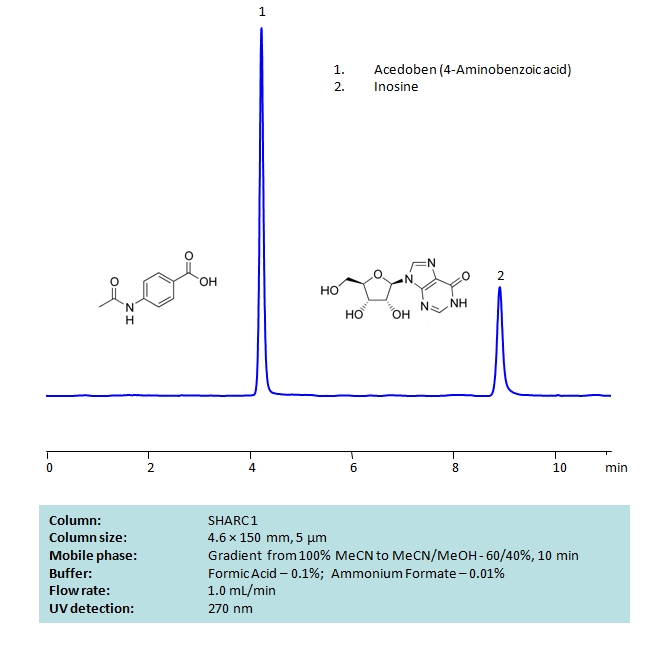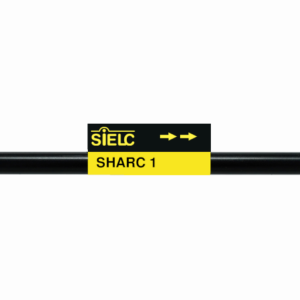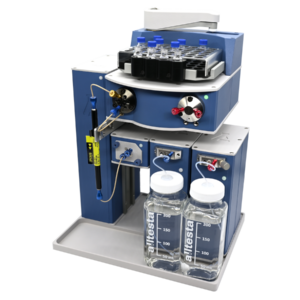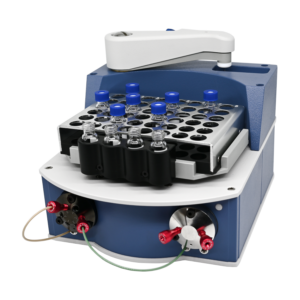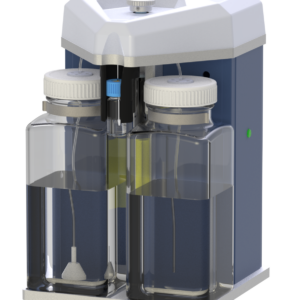HPLC Method for 4-Aminobenzoic Acid, Inosine on SHARC 1 by SIELC Technologies
High Performance Liquid Chromatography (HPLC) Method for Analysis of 4-Aminobenzoic Acid, Inosine.
Inosine pranobex is an antiviral drug. A combination of inosine and dimepranol acedoben (a salt of acetamidobenzoic acid and dimethylaminoisopropanol) has no effect on viral particles itself. Instead, it acts as an immunostimulant. It is most commonly used to treat the rare measles complication subacute sclerosing panencephalitis in conjunction with intrathecal interferon therapy.
Chromatography of these two compounds can be difficult due to their high polarity. But both compounds can be well retained and separated using anhydrous (water-free) conditions using HPLC on SHARC 1 column, which uses hydrogen-bonding as a separation mechanism. The method uses a gradient of acetonitrile (ACN) and methanol (MeOH) mobile phase with volatile buffer containing Formic Acid 0.1% and AmFm – 0.01%, making the method MS-compatible. Both compounds can also be UV detected at 270 nm.
| Column | SHARC 1, 4.6 x 150 mm, 5 µm, 100 A, dual ended |
| Mobile Phase | MeCN/MeOH |
| Buffer | Formic Acid 0.1% , AmFm – 0.01% |
| Flow Rate | 1.0 ml/min |
| Detection | UV 270 nm |
| Class of Compounds |
Nucleoside monophosphate, Hydrophilic, Ionizable |
| Analyzing Compounds | 4-Aminobenzoic Acid, Inosine |
Application Column
SHARC 1
Column Diameter: 4.6 mm
Column Length: 150 mm
Particle Size: 5 µm
Pore Size: 100 A
Column options: dual ended
Inosine

